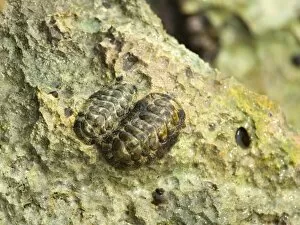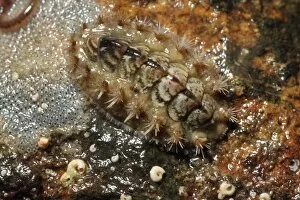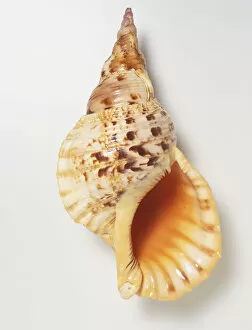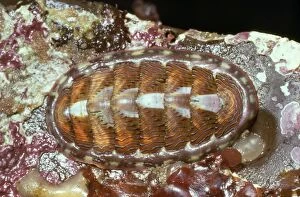Chitons Collection
Chitons, also known as coat of mail shells, have a rich history dating back to ancient Greece
All Professionally Made to Order for Quick Shipping
Chitons, also known as coat of mail shells, have a rich history dating back to ancient Greece. These fascinating creatures were even depicted in the form of statues like the Isis-Aphrodite bronze. But they can not just limited to mythology and art; they can be found in various parts of the world today. One species, the Acanthochitona crinita adult, prefers to hide under stones on shores like Poole Harbour in Dorset, England during October. Their presence adds a touch of mystery to these coastal areas. In Bonaire, Leeward Antilles within the Lesser Antilles region, you might come across two adults of another type called Acanthopleura granulata. These fuzzy chitons gracefully rest on wave-eroded coral formations, showcasing their unique beauty against nature's backdrop. The Bristled Chiton is yet another captivating variety found in Mounts Bay near Marazion in Cornwall, England. At low tide when rockpools emerge from beneath the water's surface, these adult chitons make their appearance known with their intricate patterns and bristles. If you're lucky enough to stumble upon a Trumpet Triton shell like Charonia tritonis up close, prepare yourself for an awe-inspiring sight. Its striking design and vibrant colors will leave you mesmerized by its sheer elegance. To truly appreciate the historical significance and their association with Greek culture and fashion trends such as lined chitons worn by ancient Greeks can be explored at places like Louvre Museum where Greek costumes are displayed. But it's not just about aesthetics; some species serve practical purposes too. The Gumboot Chiton holds the title for being the world's largest species and can be spotted off Eureka in California, USA. Its size alone is enough reason for amazement. Meanwhile Moss Beach also located in California houses Lined Chiton, showcasing the diversity of these creatures within a single region.










